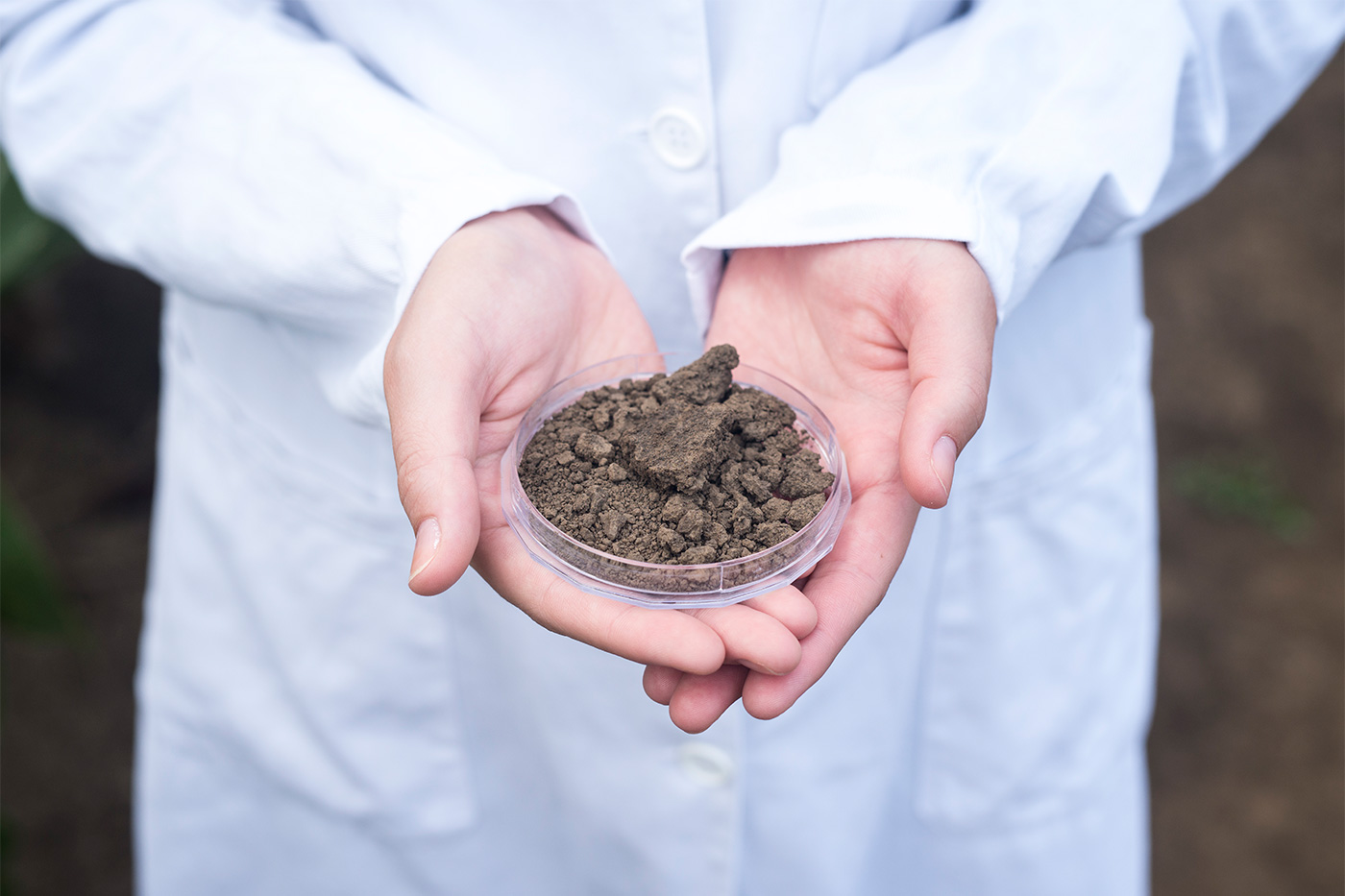
Acid Sulfate Soils (ASS) are characterised by high concentrations of sulfuric acid resulting from the oxidation of sulfur compounds present in the ground. Typically, these soils are found in low-lying coastal areas where there is a build-up of organic matter, and the water depths are shallow. The oxidation of sulfur compounds occurs when the soil is drained, exposing these compounds to oxygen, resulting in the release of sulfuric acid.
The presence of high levels of sulfuric acid in ASS can lead to a significant decrease in the soil’s pH, resulting in a level below 4.5. This can have a range of negative impacts, including the mobilisation of heavy metals, the destruction of existing vegetation, and the potential for structural damage to infrastructure. As such, it is important to understand the nature and extent of ASS at a site and take appropriate measures to manage and mitigate any associated risks.
Classification of Acid Sulphate Soils
The classification of acid sulfate soils is determined based on the levels of certain elements present in the soil as well as the degree of acidity. To facilitate this classification process, the Australian National Committee on Soil and Terrain has developed a system that categorises acid sulfate soils into four distinct classes. This system provides a standardised framework for the identification and characterisation of acid sulfate soils, enabling accurate and consistent assessments of their potential risks and associated management strategies.
- Potential Acid Sulphate Soil (PASS):
When exposed to drainage or excavation activities, these soils have the potential to become highly acidic.
- Actual Acid Sulphate Soil (AASS):
The acidity of these soils is already evident as a result of drainage or excavation activities.
- Acid Sulfate Terrain (AST):
This term refers to areas where there are significant quantities of Actual Acid Sulfate Soils (AASS) or Potential Acid Sulfate Soils (PASS) present, and where there is a considerable risk of causing significant environmental damage if the soil is disturbed or excavated.
- Acid Sulphate Landscape (ASL):
This is a comprehensive term that describes the broader geological and environmental characteristics of a location that has been influenced by the presence of Acid Sulfate Soils (ASS).
Management of Acid Sulphate Soils
Effective management of Acid Sulfate Soils (ASS) is vital to prevent adverse environmental impacts and safeguard human health. The following strategies can be implemented to manage the risks associated with these soils:
- Prevention:
The optimal approach to managing Acid Sulfate Soils (ASS) is to prevent their formation by avoiding any activities that result in soil drainage or excavation. This involves meticulous land-use planning, construction design, and drainage management techniques.
- Monitoring:
Regular monitoring of soil pH and water quality is crucial to detecting any changes in acidity levels and identifying any potential environmental impacts.
- Treatment:
In situations where Acid Sulfate Soils (ASS) have already formed, treatment may be necessary to neutralise the acidity. This can be accomplished by adding alkaline materials, such as lime, or by inundating the soil with fresh water.
- Rehabilitation:
Effective management of acid sulfate soil assessments is crucial to prevent environmental damage and ensure public health and safety. In cases where ASS have already formed, rehabilitation measures such as re-vegetation, soil amelioration, and water management can be implemented to restore the affected land to its natural state. Additionally, regular monitoring of soil pH and water quality is essential to detect any changes in acidity and identify potential environmental impacts.
It is imperative to seek the guidance of a professional geotechnical engineering company in Sydney before any land developed project. These companies possess the expertise to provide a comprehensive analysis report of the proposed land, including the identification of any ASS and recommendations for appropriate management strategies. Ignoring these crucial steps could lead to significant environmental and economic impacts on the construction project.
Therefore, it is highly recommended to approach reputable geotechnical engineering companies in Australia, like BHM Geotechnical, for their valuable insight and recommendations based on their extensive knowledge of soil and rock mechanics, geology, and engineering principles.
Popular Posts
- Why do I require a Contamination Report ? (Preliminary Site Investigation or Detailed Site Investigation)?
- The Importance of Site Investigation with New Construction
- Preliminary Site Investigations: A Must-Do for Smart Project Planning
- Inside a Detailed Site Investigations Report: What Every Project Manager Should Look For
- Beyond the Surface: Understanding Subsurface Conditions through Geotechnical Investigations
- Why You Should Incorporate Environmental Investigations Into the Early Stages of Construction